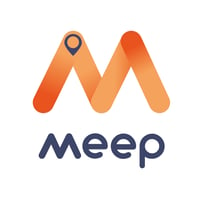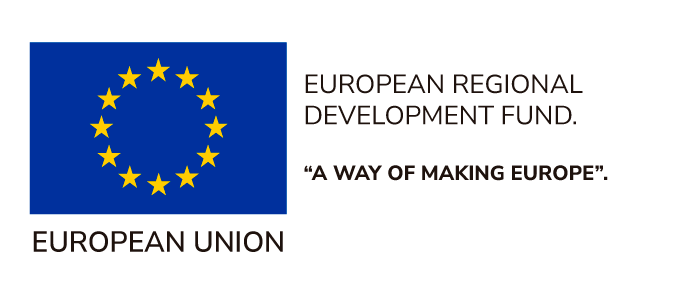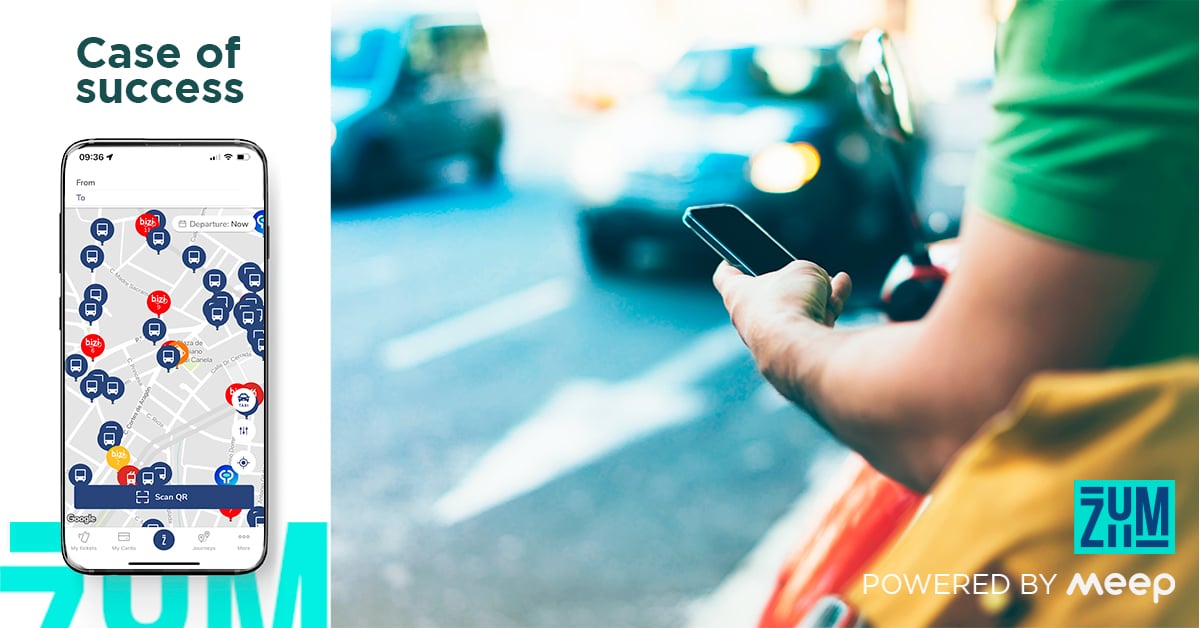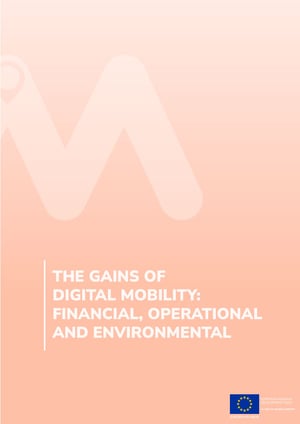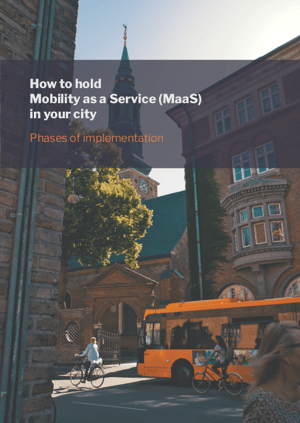What can you find in this document?
With this guide, we will discuss the new model of mobility - Mobility as a Service (MaaS), as well as learn all of the advantages that this new concept of urban mobility can offer the North American market. The dominant form of mobility over the last 50 years in the U.S. & Canada has been privately owned cars, but over the last few years, especially in large cities, new mobility services have emerged which are oftentimes competing for the same road and curb space: ride-hailing services, bikesharing and carshare.
MaaS solutions are emerging that will provide mobility options for people which are healthier, and more sustainable and offered within a single user-friendly tool.
You can build MaaS leadership, develop mutually beneficial relationships with both traditional and rising providers and entice riders to welcome public transit as a primary element in personal mobility.
Mobility as a Service: what is MaaS?
Mobility as a Service is the use of technology to integrate all modes of available transportation in a given area into a single platform. Through this integration, MaaS offers users the ability to seamlessly plan, reserve and pay for multimodal and personalized transport routes in the same place - usually a mobile application. These are their advantages:
Our success cases in Europe
Starting in March 2021 a Mobility as a Service pilot project was implemented in the city of Zaragoza (Spain) by the name of ZUM (Zaragoza Urban Mobility). Zaragoza was chosen because it was an environment with a population of more than half a million people with mobility challenges; it was also perfectly geographically positioned between Madrid and Barcelona.
This project has its own drive with the city of Zaragoza and under one app developed by Meep, residents are able to pay their bus fares; tram fares, get a taxi, and rent micro-mobility vehicles such as mopeds.
This project was spearheaded by the City of Zaragoza. With one app developed by Meep, residents are able to pay their bus fares, train fares, get a taxi and rent micro-mobility devices such as mopeds and kick-scooters.
Download our document to learn more about Meep's success in the City of Zaragoza.
